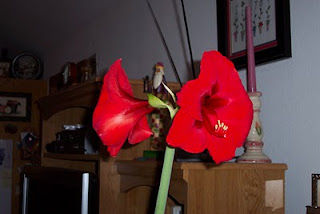Dichondra argentea
'Silver Falls'
Synonyms: Kidneyweed, Dichondra repens
Originally from Northern Mexico and SW United States. Is a perennial groundcover and grows best in zones 9a to 11.
.Found in Texas and the Mexican states of Durango and Michoacan. This beautiful groundcover that has round leaves are silvery and silky on both sides. Plants grow to just a couple inches tall and spreads by way of adventitious runners to build a solid cover from spring through late autumn but is partly to fully deciduous in winter. Plant in light shade to full sun in a well drained soil and water occasionally. Silver pony-foot (Dichondra argentea) also called silver nickel vine and aluminum vine. In Mexico, its favorite environment is the eruptive substrates.
Are you searching for a beautiful and unique plant to add to your garden? Look no further than Dichondra argentea! With its striking silver foliage and low-growing habit, this plant is a showstopper that will add interest and texture to any garden.
Dichondra argentea, also known as silver ponyfoot, is a member of the morning glory family and is native to the southwestern United States and Mexico. It is a low-growing perennial that forms a dense mat of silver leaves, making it an excellent ground cover. The plant produces small, inconspicuous flowers that are more of a curiosity than a focal point.
One of the most striking features of Dichondra argentea is its silver foliage. The leaves are soft and velvety to the touch, and their silver coloration is caused by a layer of tiny hairs that reflect light. This gives the plant a shimmering, metallic appearance that is sure to catch the eye. The leaves are also shaped like tiny fans, which adds to their unique visual appeal.
Dichondra argentea is a relatively easy plant to grow, making it a great choice for gardeners of all skill levels. It prefers well-drained soil and can tolerate a range of conditions, from full sun to partial shade. However, it is important to note that the plant will not thrive in areas with consistently wet soil. Overwatering can lead to root rot and other issues, so it is important to water sparingly and only when necessary.
One of the benefits of Dichondra argentea is its low maintenance requirements. The plant does not require much pruning, and it is generally resistant to pests and diseases. It is also drought tolerant once established, which makes it a great choice for xeriscaping or other water-wise gardening projects.
In addition to its visual appeal, Dichondra argentea is also a useful plant for erosion control. Its dense mat of leaves helps to hold soil in place, making it a great choice for sloped areas or other locations where erosion is a concern. The plant's low-growing habit also means that it is unlikely to interfere with other plants or structures in the garden, making it a great choice for use as a ground cover.
Overall, Dichondra argentea is a versatile and visually stunning plant that is sure to add interest and texture to any garden. With its low maintenance requirements and useful properties, it is a great choice for gardeners of all skill levels. So why not add some silver shimmer to your garden with Dichondra argentea?
Sincerely, Amazon can provide any need for Dichondra argentea (#ad). ( I will receive compensation if you buy).
































